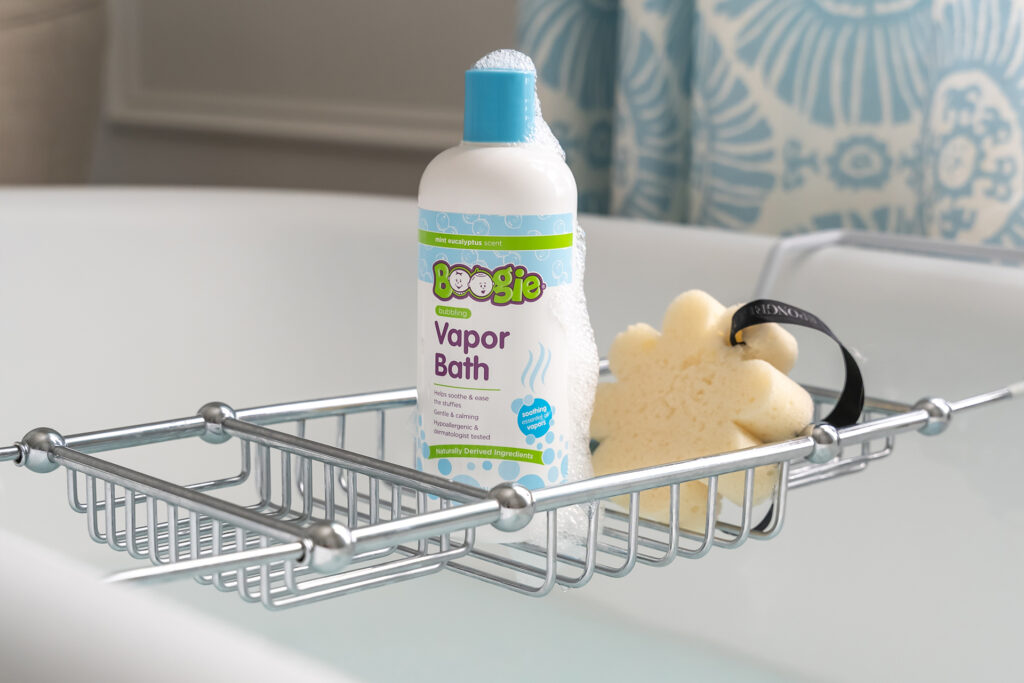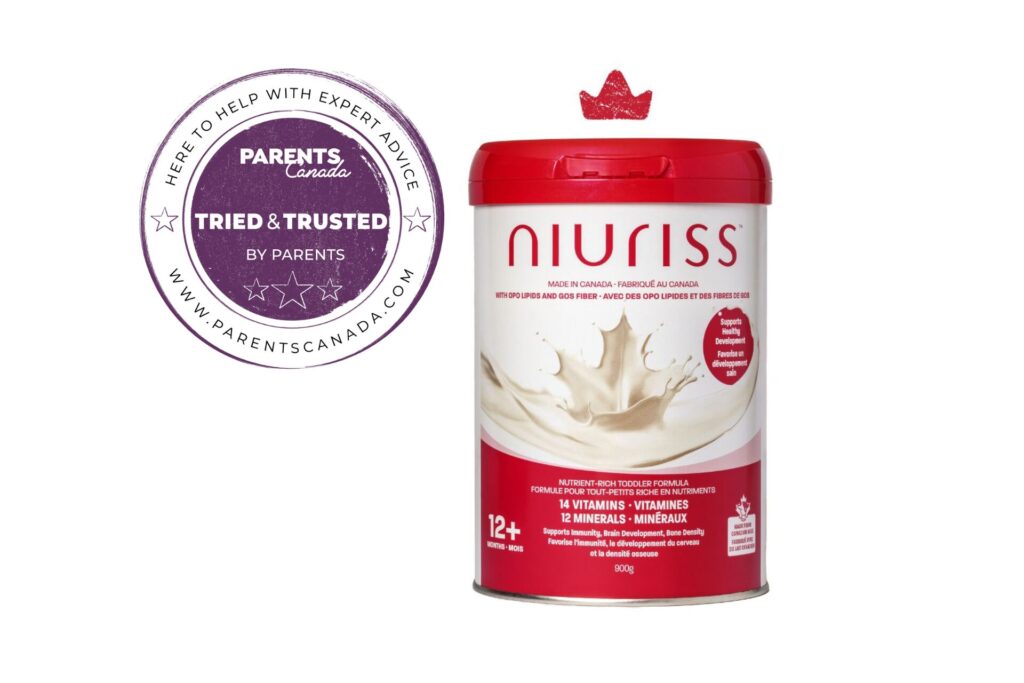Adapted from the Nobody's Perfect Program by HEALTH CANADA
Two to Four Years
Your child is on the go. And if you're not watching, your child may try to do things she knows you would say “no” to.
Here are some common preventable causes of injuries in children at this age:
- Falls
- Swallowing objects
- Mishaps or injuries during play
- Car crashes
- Poisoning
- Drowning
Outdoor Safety:
Many children at this age ride tricycles. Without warning, a child can ride down the driveway and into traffic. It's difficult for a child to stop a tricycle, children at this age many not have enough co-ordination to avoid steering into other children, flower gardens, or the road. That's why you should only let your child ride her tricycle in your own, fenced-in property, unless you are with your child. Your child should wear a properly fitted helmet when she rides her tricycle.
Children in this age group are vulnerable to injuries when they are in a vehicle or from getting hit by a vehicle. Always be aware of where your child is standing or playing before you back your car out of the driveway. Teach your child pedestrian skills and to be aware of traffic.
Watch carefully when your child plays on swings in the park. A child can get seriously injured if she walks into a swing that's in mid-air. Also, your child should never wear a bicycle helmet on playground equipment; it can get caught on the equipment, which is very dangerous.
It's best if your child wears drawstring-free clothing when playing on playground equipment. Child-proof your backyard for garden tools, chemicals, sharp objects, fencing and other miscellaneous items. Make sure wading pools are emptied when not in use. Backyard swimming pools must be properly fenced without direct access from the house. If there is direct access, you should install pool motion detector alarms. Pay attention to your children when you use a barbecue. Keep barbecue lighters locked away.
Caution: An unsupervised child can get lost or drown in just a few minutes.
Indoor Safety:
Keep your safety gates up for your two-year-old child. Your child is now older and heavier, however, so secure the gates with child-resistant latches that take two or more steps to open.
Make sure you have window guards or safety latches on all windows, them high enough so that your child cannot reach them.
Toddlers are even more adventurous than younger children, so there is more of a risk of poisoning. Store hazardous substances and non-food items such as laundry detergent in their own containers.
Make sure that chemicals and medicines are locked away out of the sight and out of reach of children.
Toddlers may drink foul-tasting substances because their taste buds are not yet fully developed. Keep all medicines and household chemicals locked in a cupboard – out of sight and out of reach.
Four to Eight Years
By now, your child may not always be in your sight, such as when she plays outdoors with other children, in their yard or in your own.
Talking to Strangers
Explain what and who is a stranger. Teach your child not to talk to strangers, not to take anything from strangers, and not to get into strangers' cars.
Teach your child not to go anywhere with someone they don't know – even if that person says “Your mommy sent me to get you.” Make up a family password that only you, your child and trusted family members and caregivers know.
Teach you child to always tell you where they're going, when they will come back, and not to take shortcuts. Teach your child that Block Parents are people who help children who are in trouble or who feel unsafe. Make sure they recognize the Block Parents sign that tells them that this is a safe place to go.
Where to Play
Set a good example and teach your child pedestrian safety. Show your child where it's safe to play. Tour your neighbourhood with your child, making a mental note of the danger areas:
- Abandoned houses
- Construction sites
- Vacant lots or dumps
- Brooks, ditches, storm sewers, wells
- Railroad tracks
Family Safety Guidelines
Fire:
Make sure there are easy ways for children and adults to get out of the home in case of fire. Plan escape routes and teach your children to crawl under smoke. Teach your children to `stop, drop and roll' if their clothing catches fire.
Pools and Hot Tubs:
All swimming pools should have a fence with self-locking gates on all four sides. Make sure pool covers are so tight and secure that a child who steps or crawls on to the cover cannot slip underneath. A child must be watched every moment they are around swimming pools, small baby splash pools, buckets of water, and even puddles of rain water. A child should not have access to a hot tub. In the bath, teach your child to turn on the cold water first and turn off the hot water first. Set the temperature on your hot water heater to 49Celsius (120Fahrenheit).
Motor vehicles:
Install safety locks on your car's rear doors and keep the doors locked when you drive. Depending on your child's size, use the appropriate restraint system – a child's car seat, booster seat, or adult seat belt. Explain to your older children that they should not to put their head or arms out of the window of a moving car.
Caution: Always make sure you know where your child is before you back out of a driveway.
Playgrounds:
If your child plays in the garden, keep it clean and carefully store garden tools and chemicals. If you have play equipment on your property or if you let your child use the play equipment in a public park, make sure that it is sturdy and well-constructed, and that it doesn't have protruding parts, bolts or gaps that your child's clothing could get caught in. It's best if your child wears drawstring-free clothing when playing on playground equipment.
In a public park, check to see if the ground around and under play equipment is covered with shock-absorbing ground cover. This is important if you let your child use the swings and other climbing equipment in t he park. Children should never play on equipment that is on concrete or asphalt.
Caution: A fall of just two feet directly on the head can be fatal.
Pets:
If you do not have a pet
but plan to get one, consider delaying until your child is five or six
years old. A young child doesn't understand that a pet requires special
treatment. Animals are unpredictable. Always supervise your child around
dogs or other animals. Teach your child to walk slowly near animals,
and to never run up to an animal or away from it. Teach your child to
always ask the owner before touching a pet. Teach your child never to
disturb an animal that is eating, sleeping or chewing on something, to
never grab an animal by the ears, feet or tail, and to never tease or
stare at an animal. Keep cat litter boxes in a place that your child can
not get to.
Poisons:
Take
a stroll through your home to make sure that substances that could be
poisonous to your child are out-of-reach or locked away.
Important: The average home contains about
250 potentially poisonous products. Keep these products our of your
child's sight and reach.
You'll find hazards in the bathroom,
kitchen, basement, and laundry room. Keep them out of reach and in
locked cupboards. Make sure that older children understand warning
symbols, such as the skeleton hand symbol on containers of corrosive
products and the fire symbol on flammable products. You can find these
symbols and their meanings on the Health Canada Web site –
www.healthcanada.ca/staysafe. Just type the words stay safe into the
site's search feature. Teach your child to avoid containers showing
these danger symbols. Also, teach your child that medications are not
candy, and never to eat anything without asking a trusted adult.
Medications should be locked away in child-proof containers.
Telephone:
Teach your child how and when to call 911. Teach your child to give her correct name, address and phone number.
Keeping
your child safe from injuries is an ongoing challenge. Look into safety
programs and seminars offered in your community. BCCE
Source: Safety, Nobody's Perfect Program, Health Canada, 1997. Adapted and reproduced with the permission of the Minister of Public Works and Government Services Canada, 2004.









